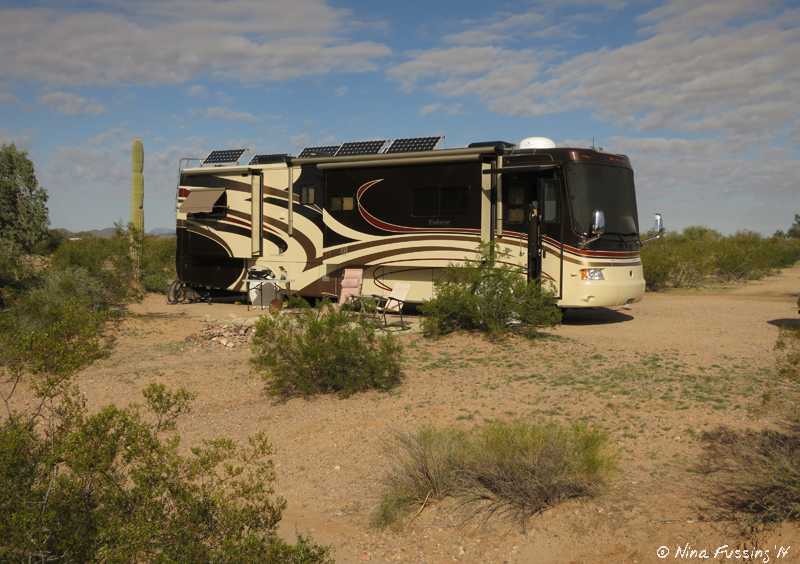

And talking to a person over the phone gives us a great opportunity to find out about current road conditions and if they have suggestions for other spots that are good for RVs. We also find out from the office what the local rules are for the area - such as max number of days allowed to stay, are campfires allowed, etc. Once that’s determined, we call the local office that oversees the land and double check that boondocking (the term “dispersed camping” is more commonly used with federal land management offices) is allowed. But if we can’t find any other potential sites, we’re willing to scout these out (in person or via map) to see if it’ll work for us.īut we don’t rely our finds just from that because there other things to consider – mainly making sure the place we found is definitely on public lands.
Boondocking rv sites free#
This creates a similar issue as with Free Campsites where we’re not always sure the Toaster can fit – most of the time we can’t. The boondock sites posted on iOverlander are entered by travelers in truck campers, unimogs, vans, and other shorter vehicles. Overlanders are known to head off the beaten path. IOverlander was our go-to app to find boondock sites while we were in Canada – mainly Yukon – last summer. While some of the reviews on Free Campsite are very detailed, others lack critical information that we search for.Īfter several months of not visiting Free Campsites, I went back and saw they’ve added a section about cell service availability to each site. The upside to that is it opens up more options of places to boondock, but the downside is that we’re not sure if we’ll fit in those sites. What we like about Free Campsites, which is also the same thing we don’t like about it, is that the reviews aren’t always submitted by RVers. While there’s a little bit of an overlap in available free sites between that and Campendium, we’ve found places that aren’t listed on Campendium. If Campendium doesn’t work out or we want more options, we head over to Free Campsites. Those sites give us a potential place to boondock and we can research more online and via maps. We even find the sites that are listed on Campendium but don’t have reviews to be useful. This gives us a visual idea of what the place looks like and allows us to gather additional information that isn’t necessarily included in the written review – like how much tree coverage there is.

Most RV sites in their database include photos.
Boondocking rv sites full#
Unlike a lot of review-based websites, Campendium attracts high quality reviews that are full of important and useful details such as: what the road condition are to the site site quality what size rigs will fit and quality of cell service. Here’s why we always go to Campendium first: Campendium is extremely user-friendly and has a clean interface. They work hard to provide this great website with its extensive list of RV parks, campgrounds, and boondock sites. Leigh and Brian of Aluminarium are the people who started Campendium. I randomly come across this website sometime during the second month we were on the road and have used it ever since. Now, let’s talk about how we find boondock sites:Ĭampendium is our first and foremost used website to find boondock sites. If you want to get more tips on parking your rig for solar, read our The Art of Solar Parking post. Solar panels get the maximum hours of sunlight when they are faced south and the second-best direction is anything closest to south. When it comes to the sun, it’s not just about how much tree coverage a site has but also whether the boondocking site lets us park with our solar panels facing south. But ideally, we want to be in a spot that lets us charge our batteries because when it comes to living in a rig powered totally by sola, we have to think about the future and how much sunlight we’ll get later on. And in reality, depending on how fully charged our batteries are, we can go a few days without sun (it was ~3 days when we had lead-acid batteries and we haven’t had the chance to test it out with our lithium batteries). This isn’t an issue if we’re staying in a spot just overnight. Our second concern is whether we can get enough sunlight to charge our solar panels.


 0 kommentar(er)
0 kommentar(er)
